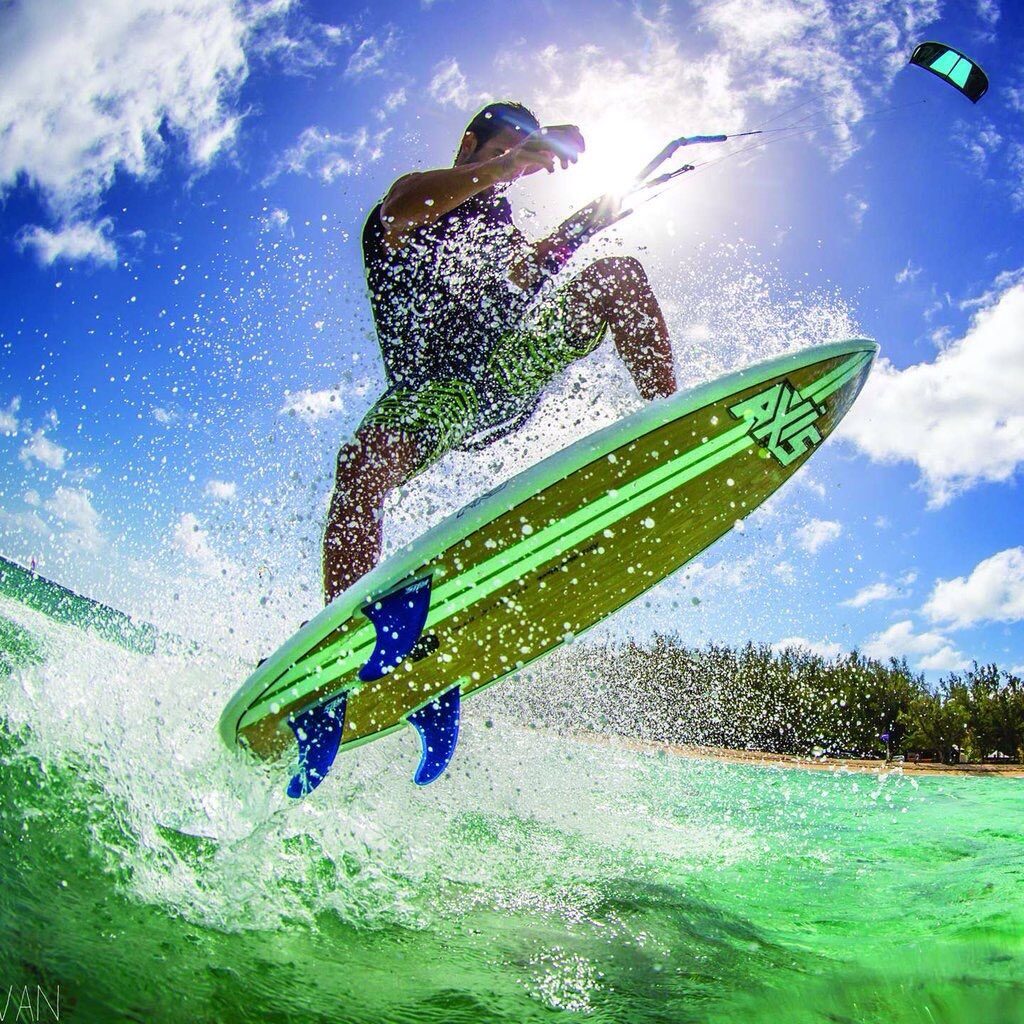
Surfing Short Boarders Learn Better Wave Riding by practicing the fundamental carves. Most surfers start with the three main carves which are the bottom turn, then accelerating, and then the cut back.
The bottom turn is executed in the same manner as all carves. The surfer looks with his eyes in the direction he wants to travel. Then he rotates his head and upper torso in that direction. This will torque down his body to his feet which will turn the surfboard. The same is executed for front side or back side carves. Depending which foot is forward, the surfer pressures the toes or heels on the side of the carve.
Bottom Turn to Accelerating
After bottom turning into the pocket the short board surfer needs to accelerate for speed. He moves the front of the board up and down the wave face with his front foot. Only two or three accelerations is usually necessary before performing the next maneuver or trick. After each maneuver, the surfer accelerates again.
The cut back is performed to return to the power of the wave, for style, or to stall waiting for the power or a barrel. To rip the lip, the surfer bottom turns up the face and then performs a cut back to spray the lip and return to the bottom of the wave.
Most surfers are seen practicing these three maneuvers and then they start trying the 360. The surfer can do it on the top of the lip or get into the air. He has to rotate his body and surfboard in a full circle and land it. Surfers like to try the 360 often at the end of the ride when the wave is collapsing. Surfers can watch others or video to get the feel.
Advanced surfers are often watching snowboarders and skateboarders to learn what can be done on a board and to see if there is something new. The three have been successful in transferring the tricks to their own medium.